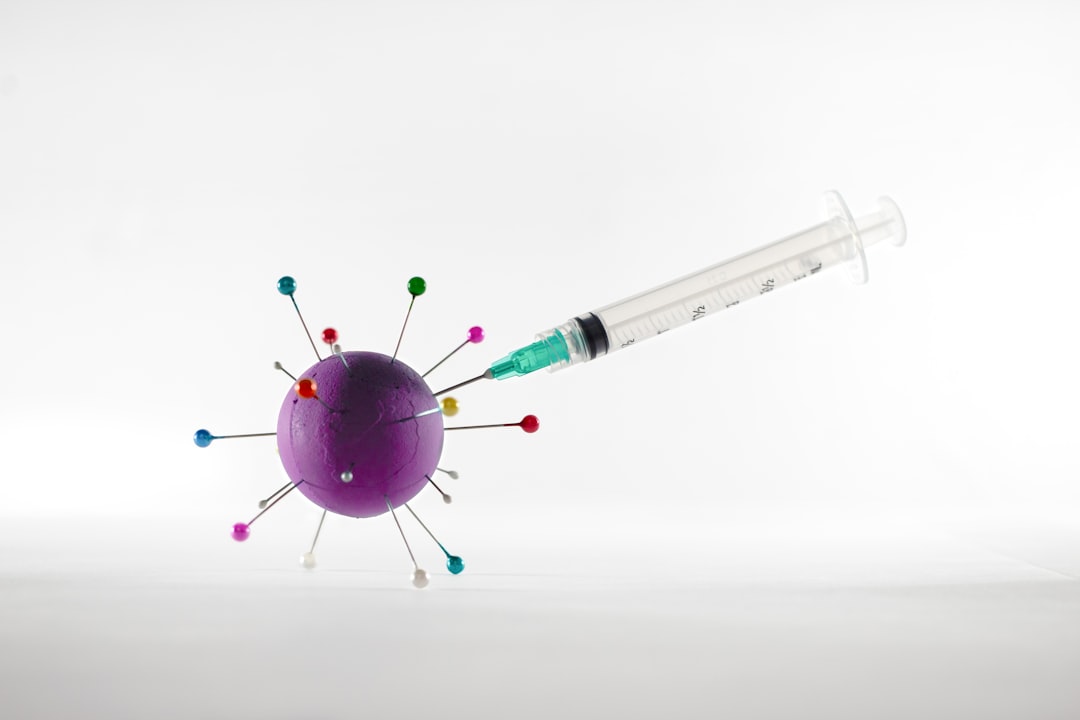What is it about?
Hemoglobin A1c (HbA1c) is a key parameter in diabetes management. Interpretation of HbA1c results is hampered by the variation in red blood cell life span. HbA1c only slowly responds to changes in glucose metabolism. Besides HbA1c, there exists a labile HbA1c fraction (l-HbA1c), exhibiting faster kinetics. As both HbA1c and l-HbA1c are measured by modern standard equipment, we explored the possibilities of using l-HbA1c for monitoring diabetes. l-HbA1c was compared with glucose and HbA1c. l-HbA1c correlated with both glucose and HbA1c. To a lesser extent, red cell distribution width (a marker of red blood cell life span) correlated with l-HbA1c. L-HBA1c represents a new marker for monitoring the rapid occurrence of glycemic disorders that escape detection when using only HbA1c and glucose.
Featured Image

Photo by CDC on Unsplash
Read the Original
This page is a summary of: Labile glycated hemoglobin: an underestimated laboratory marker of short term glycemia, Clinical Chemistry and Laboratory Medicine (CCLM), January 2022, De Gruyter,
DOI: 10.1515/cclm-2021-1321.
You can read the full text:
Contributors
The following have contributed to this page










